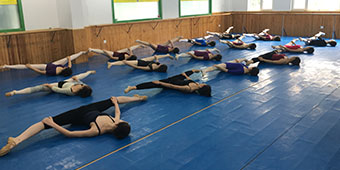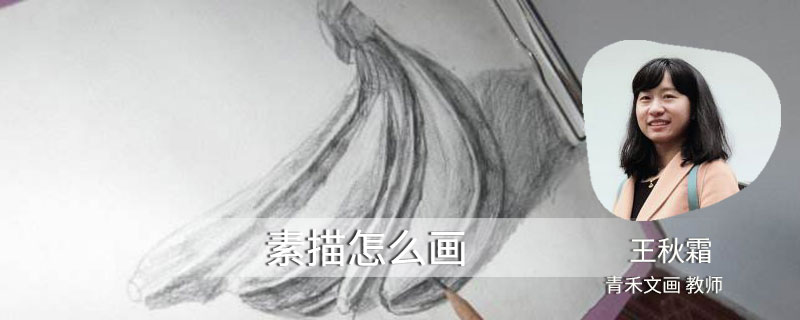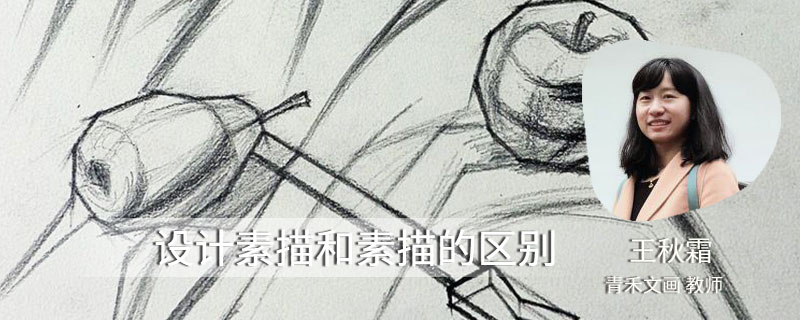which:通常引导非限制性定语从句,可直接放介词后作宾语。that:先行词是much、little、none、all、few、every、any、the very、the only和the same等词或被这类词修饰时、关系代词在定语从句中作表语时、避免重复时、先行词是既指人又指物的并列词组时。

一、that which的用法区别
1、一般在非限制性定语从句里,是用which不用that。
例句:He has to work at night, which he doesn’t like.(他得在晚上工作,他不喜欢这样的。)
2、当先行词前有以下限定词,更多用that,例如much、 little、none、 all、 few、 every、 any、no、the very、 the only、 the same,或者是形容词最高级或序数词。
例句:The first thing that you should do is to study.(你应该做的第一件事是学习。)
He talked about the persons and things that most impressed he.(他谈论了使他印象最深的人和事。)
3、如果先行词是代词,用that而不用which。
例句:Is there anything else that you'd like?(还再要点其他的吗?)

4、可以用介词加which,不能用介词加that。
例句:Mary had only the long nights in which to study.(玛丽只有漫漫长夜可用来学习。)
5、先行词是人,用that引导从句;不能用which。
例句:A person that will swear, will lie.(开口就赌咒发誓的人往往在说谎。)
6、如果他that为先行词,为了不重复用which。
例句:That which does not kill us makes us stronger.(那些杀不死我们的东西最终只会使我们变得更加强大。)

二、怎样正确使用that和which
1、如果先行词在从句中做宾语,that和which都可以省略。
例如:There are two points (which/that) I wanted to make.(我想说两点。)
The cell is the unit (that/which) all living organisms are composed of.(细胞是构成所有生物的单位。)
2、先行词是物,which和that都可以用。
例句:She has a small office which is used for private discussions.(她有一间小办公室,用来私人会谈。)
There is a kind of pleasure which/that comes from giving away.(付出带来一种快乐。)









